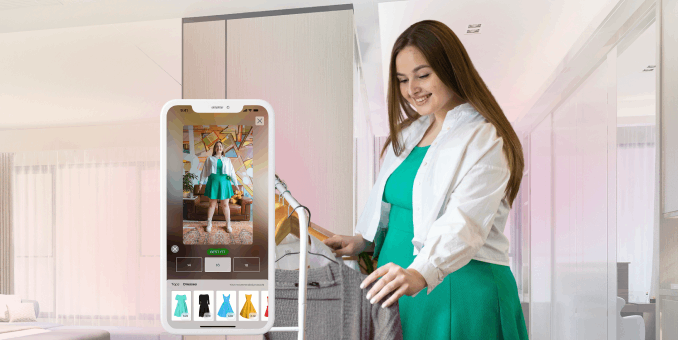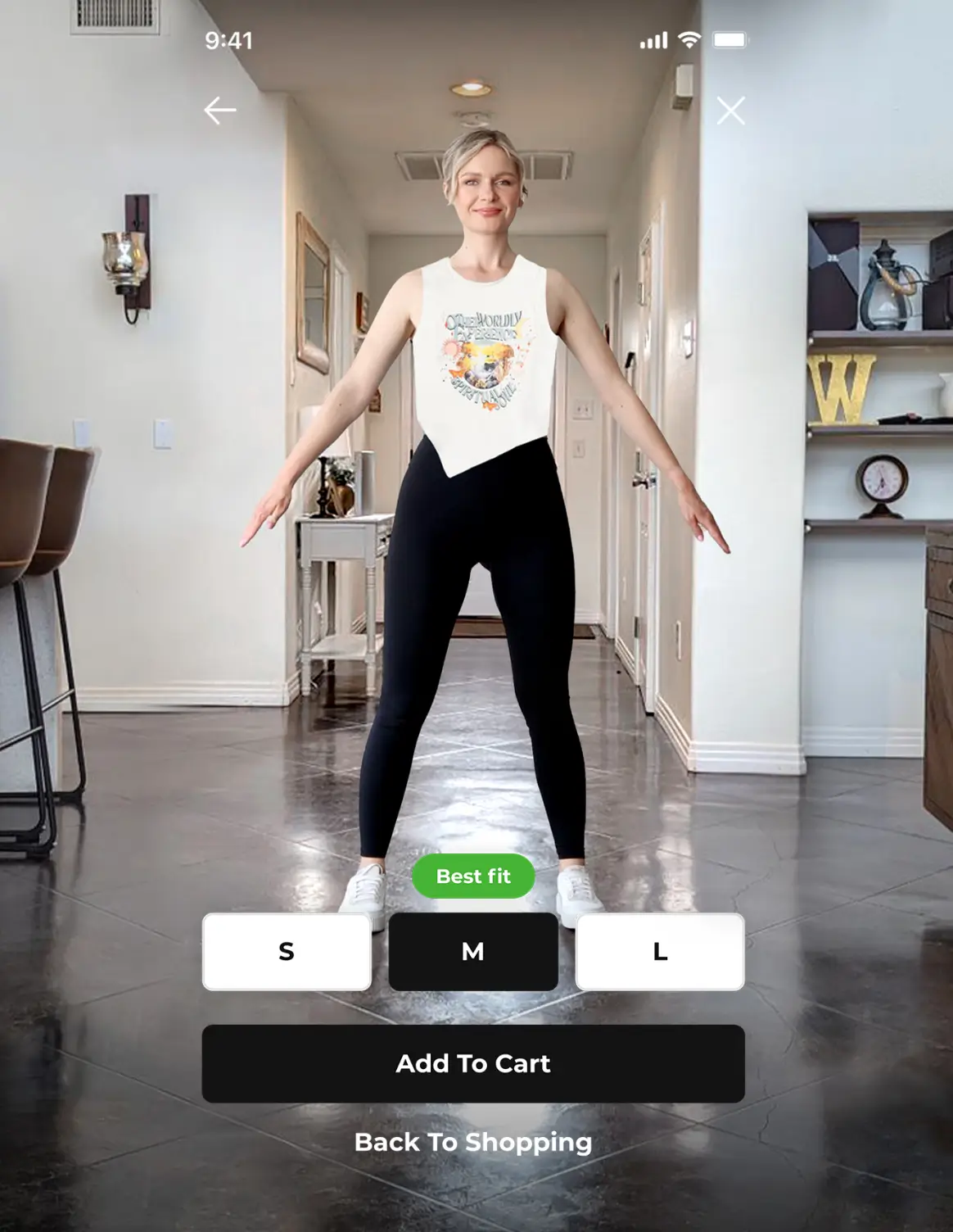As an industry that rarely misses a trend, fashion would undoubtably get in on the NFT frenzy. From apparel that customers can wear in the virtual world to exclusive content and virtual flagship stores – read on to discover how luxury fashion is navigating the digital world’s hottest trend.
Mainstream interest in non-fungible tokens (NFTs) reached a fever pitch in late 2021, as the market grew by 21,000% to reach $17.6bn, according to Nonfungible.com and L’Atelier.
Offering new opportunities to connect with customers, foster community, and generate revenue, it was only a matter of time before creative uses of NFTs in luxury fashion began to emerge.
From Dolce & Gabbana to Gucci, Louis Vuitton, and Burberry, luxury brands have been actively investing their time venturing into the digital space, exploring ways to introduce NFTs to their product ranges and marketing efforts.
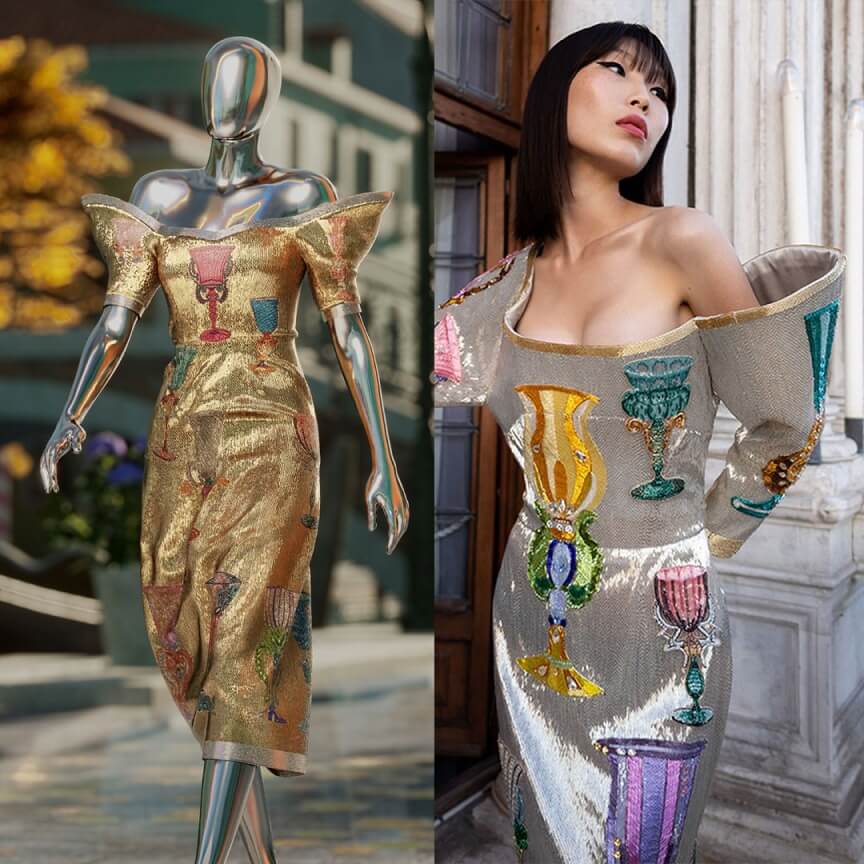
What is an NFT and how does it relate to fashion?
NFTs are unique digital tokens that provide proof of ownership over an asset. These tokens can be safely traded, with transaction history recorded to a blockchain – a decentralized, digital public ledger – to provide transparency around authenticity and ownership.
Typically, NFTs are tied to digital assets such as an image or video, but are sometimes used to record the ownership of physical goods such as real estate, artwork, and, increasingly, apparel.
So what is an NFT in fashion? Fashion NFTs come in many shapes and forms – virtual garments that customers can wear within virtual environments; digital content that owners can interact with; or digital twins of physical creations.
According to the Vogue Business Index, some 17% of brands it researched had worked with NFTs in some capacity in 2021. And with the blossoming luxury NFT market tipped to grow to $25bn according to Morgan Stanley, the number of fashion businesses entering the market is only expanding.
Why are fashion NFT projects so on-trend?
With stores closed and fashion shows canceled during the pandemic, brands turned to video games such as Fortnite, Roblox, and Animal Crossing to connect with consumers and generate revenue. As current interest in metaverse (shared, 3D virtual environments) shows, interest in digital fashion has not wavered in the post-lockdown landscape.
Rather than inducing the trend, the pandemic simply highlighted growing consumer interest in virtual fashion and demand for fun, personalized, and immersive digital experiences – from brand activations within video games to virtual dressing rooms such as YourFit, where shoppers can try on clothes virtually and get fit and size recommendations through their smartphone before they buy clothing.
It’s unsurprising that interest in fashion NFTs, which satisfy the demand for greater digitization and enable personalization in the online world, is so high.
NFT fashion brands: How is the industry capitalizing on the NFT trend?
From digital twins that improve the traceability of rare and luxury garments to virtual items that shoppers can buy, wear and collect in the digital world, brands are bringing fashion and NFTs together in a range of creative ways.
1. Augmented reality clothing
An NFT may be a digital asset, but many consumers still want to wear the apparel they purchase. This is made possible using augmented reality, which superimposes digital images over camera footage of the real world.
AR fashion has been growing in popularity, with brands such as DRESSX and XR couture selling extravagant digital garments that customers can ‘wear’ using AR. Likewise, retailers such as GAP are experimenting with the virtual try-on technology.
Increasingly, brands combine AR with NFT technology, creating garments that customers can collect, wear and trade. For instance, Nike and RTFKT recently launched Nike Dunk Genesis Cryptokicks, a collection of 20,000 NFT sneakers that owners can visualize in the real world through a Snapchat filter.
Likewise, collaborating with fashion NFT marketplace The Dematerialized, Rebecca Minkoff has produced a number of NFT outfits that customers can interact with through their smartphone cameras.
2. Metaverse fashion
Brands also enable customers to wear their digital goods through the metaverse, with growing blockchain-backed worlds such as Decentraland and The Sandbox boasting millions of registered users.
Fashion’s interest in the metaverse was most evident at the inaugural Metaverse Fashion Week, hosted within Decentraland. The NFT fashion show saw over 70 brands, including Tommy Hilfiger, Dolce & Gabbana, and Karl Lagerfeld, participating in branded catwalks, showcasing collaborations with famous digital designers. There, several brands also took the opportunity to sell NFT wearables for customers to dress their avatars in. Tommy Hilfiger, for instance, offered digital versions of its iconic designs, such as its logo hoodies and varsity jackets.
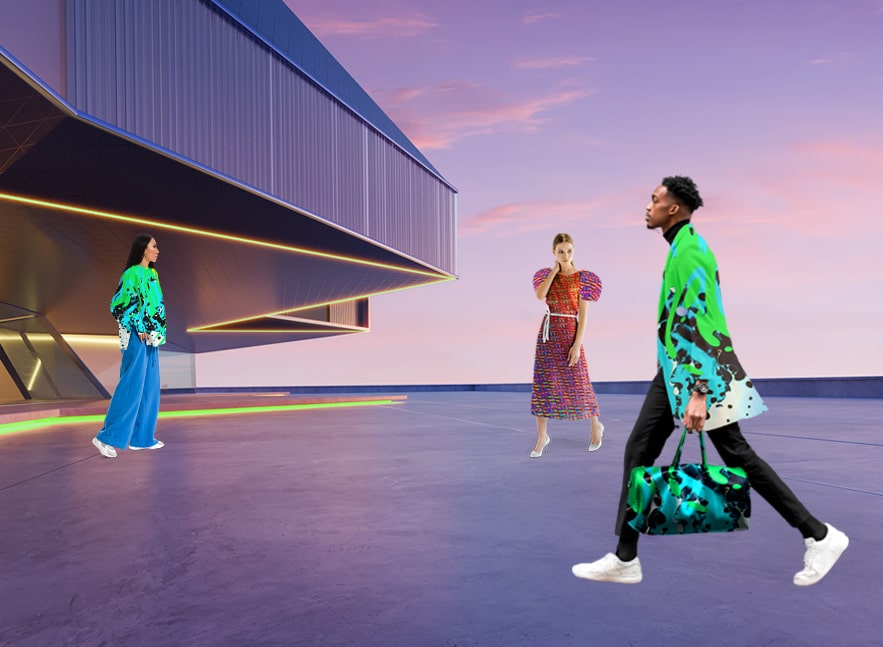
3. Virtual stores
Fashion brands have been buying a few NFTs of their own, typically in the form of virtual land where they can build stores and showrooms to market to young consumers.
Virtual worlds such as The Sandbox allow users to buy parcels of land in the form of an NFT, and luxury brands such as Gucci have wasted no time setting up shop. Collaborating with the platform, Gucci intends to create an interactive fashion experience based on Gucci Vault, the luxury brand’s conceptual space.
Gucci isn’t alone in the metaverse. Selfridges, for instance, recently opened the world’s first NFT department store within Decentraland, where users can view exclusive NFTs and browse Selfridges products.
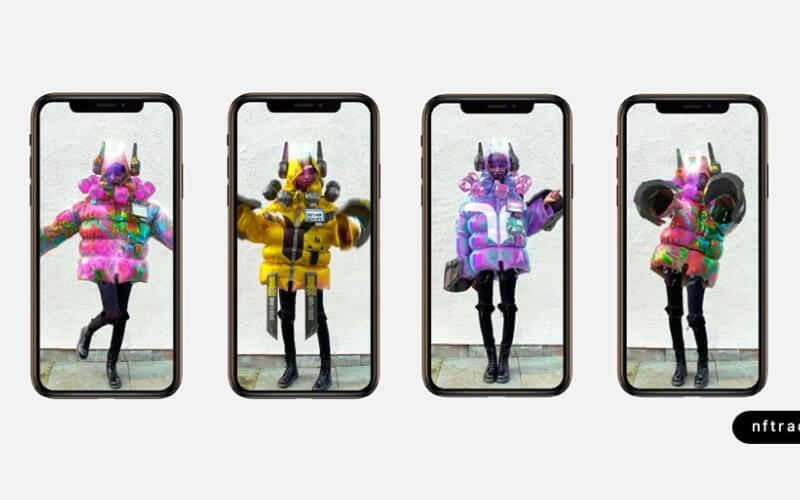
4. Digital twins
According to a Scalefast survey, 25% of customers interested in purchasing an NFT would be more likely to do so if it came with a physical good. Unsurprisingly, many brands combine NFTs with a physical product that they can touch and wear.
A prime example of this is Dolce & Gabbana’s record-breaking Collezione Genesi, the first luxury NFT collection to include digital and physical works. Bringing in $5.7m at auction, winning bidders received both a physical and virtual version of the design they acquired. Nick Graham offers another example, having recently launched its NFT/AR outerwear line. Through a QR code stitched inside each product, purchasers can authenticate their apparel on the blockchain and use it to unlock exclusive AR experiences.
Others, such as Overpriced, are using NFT technology to improve traceability – its physical NFT-linked hoodie can be scanned to prove authenticity and ownership through the blockchain.
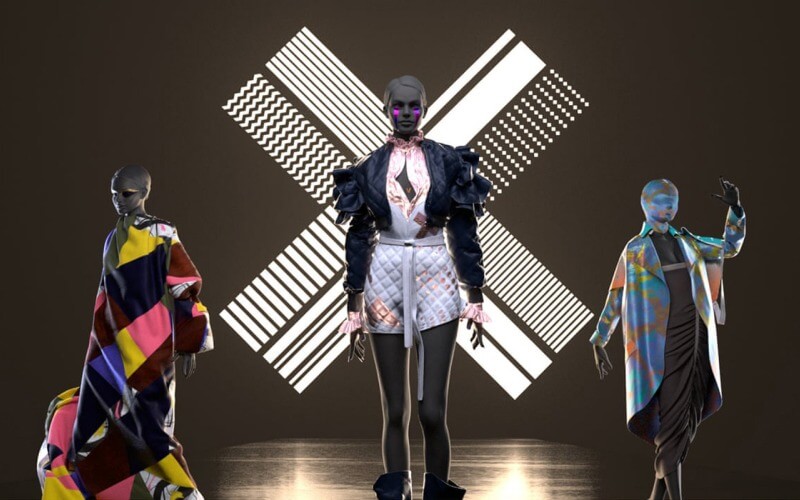
5. Exclusive content
Inspired by the success of image-based NFT projects such as Bored Ape Yacht Club, fashion brands are exploring opportunities beyond virtual clothing too.
In fact, the industry’s first major venture into the space wasn’t a wearable NFT but a four-minute film inspired by Gucci’s Aria collection. Since then, the luxury brand has launched its ‘Gucci Grail’ NFTs, which feature brand-inspired avatars based on 11 popular collections, such as World of Women and Cool Cats. Adidas has embarked on similar collaborations, introducing its brand to popular collections such as Punks Comic.
Likewise, fashion retailer MANGO recently created an NFT collection inspired by Spanish artists Joan Miró, Antoni Tàpies, and Miquel Barceló, featuring various MANGO outfits. Created to celebrate the opening of its New York flagship store, rather than sell the collection, the brand will display the artwork in its physical and virtual stores to connect with young consumers.
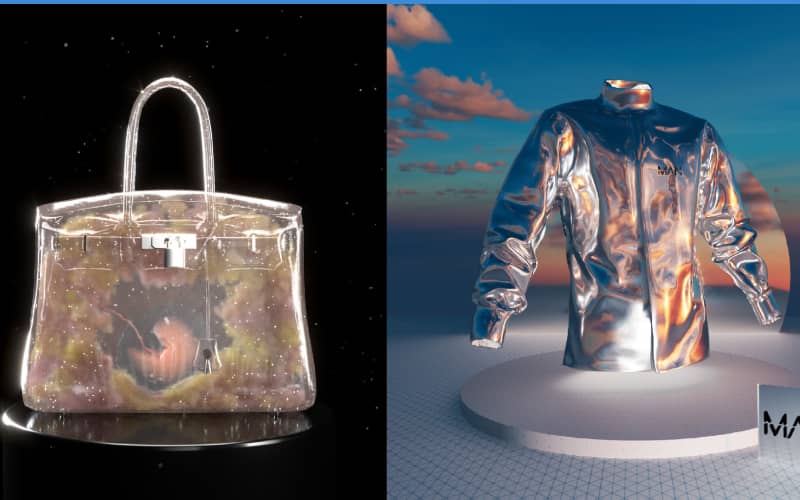
6. Video game collectibles
According to Statista, 61% of Chinese Gen Z consumers purchase luxury goods in ‘pursuit’ of fashion, while 24% felt these goods serve as an identity statement and 45% felt they provided confidence. Drawing on the luxury consumer’s desire for collecting and exclusivity, brands have collaborated with video game publishers to introduce rare NFT collectibles to their virtual worlds.
Burberry recently launched a collection of (virtual) vinyl toys within the online world Blankos Block Party, becoming the first luxury brand to feature in the game. Similarly, Louis Vuitton opted to create its own game, in which players explore worlds and collect 30 embedded NFTs. Once players collect enough, they are entered into a raffle to win an ultra-rare NFT, which is portable across platforms and can be used as a unique avatar on social networks.
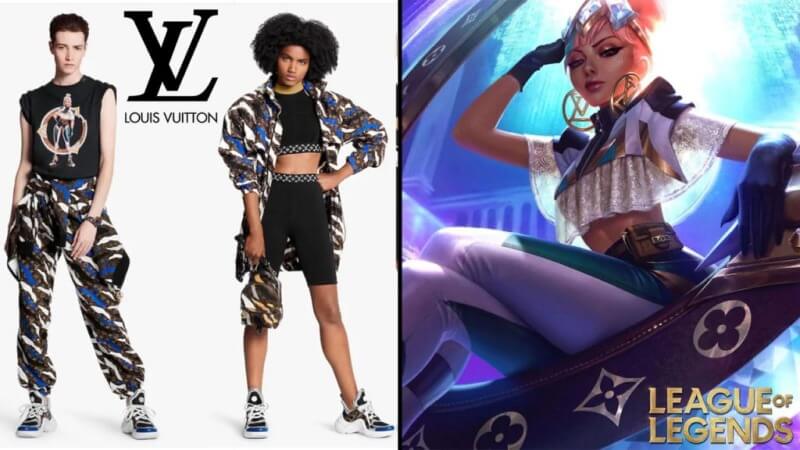
Are NFTs a passing trend or the future of fashion?
The NFT market’s explosive growth in 2021 has cooled, with data from Chainalysis showing monthly spending on NFTs fell from a peak in excess of $12bn to less than $8bn between January and April 2022.
However, while growth has leveled off, both spending and the number of active buyers in the market remain far higher than at the start of 2021. This is a positive sign, indicating that consumers still have plenty of interest.
And high-profile brands could be key to unlocking further growth in the NFT market — according to Scalefast, of the consumers that could be convinced to purchase an NFT, 31% would be more likely to if it came from a brand they trusted.
NFTs in fashion are driven by the demand for digitalization
NFTs look certain to play a significant role in the future of fashion, particularly as the metaverse expands to offer new platforms for consumers to showcase their digital purchases. Why? Because Gen Z shoppers crave digitalization and personalization.
According to Epsilon, 80% of consumers are more likely to purchase from brands that offer personalized experiences. Technically speaking, an NFT is a digital record marked on a blockchain, but for consumers, it’s an opportunity to connect with brands they care about and enjoy unique experiences in the digital format they desire.
Did you know 3DLOOK’s YourFit helps fashion businesses meet the growing demand for personalized, digital shopping experiences too? Shoppers can scan their bodies and try on clothes virtually within a digital fitting room powered by their unique body data through a smartphone device! Request a demo today!
Learn more about YourFit

